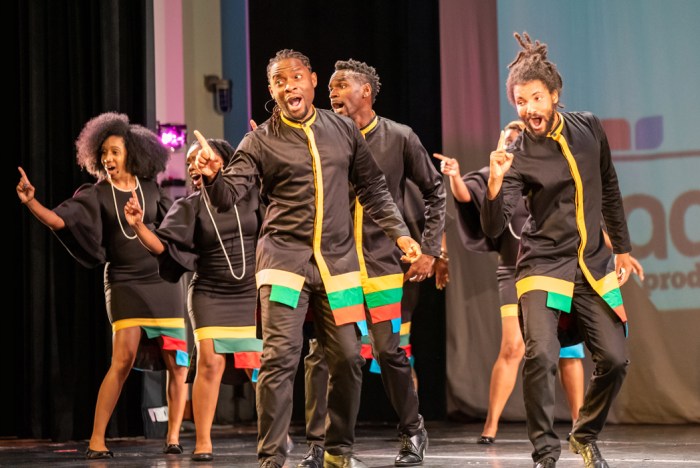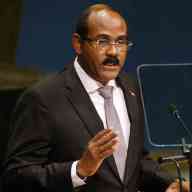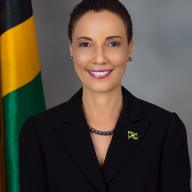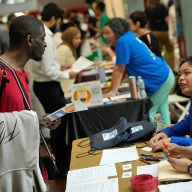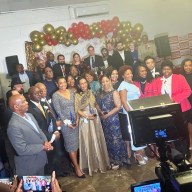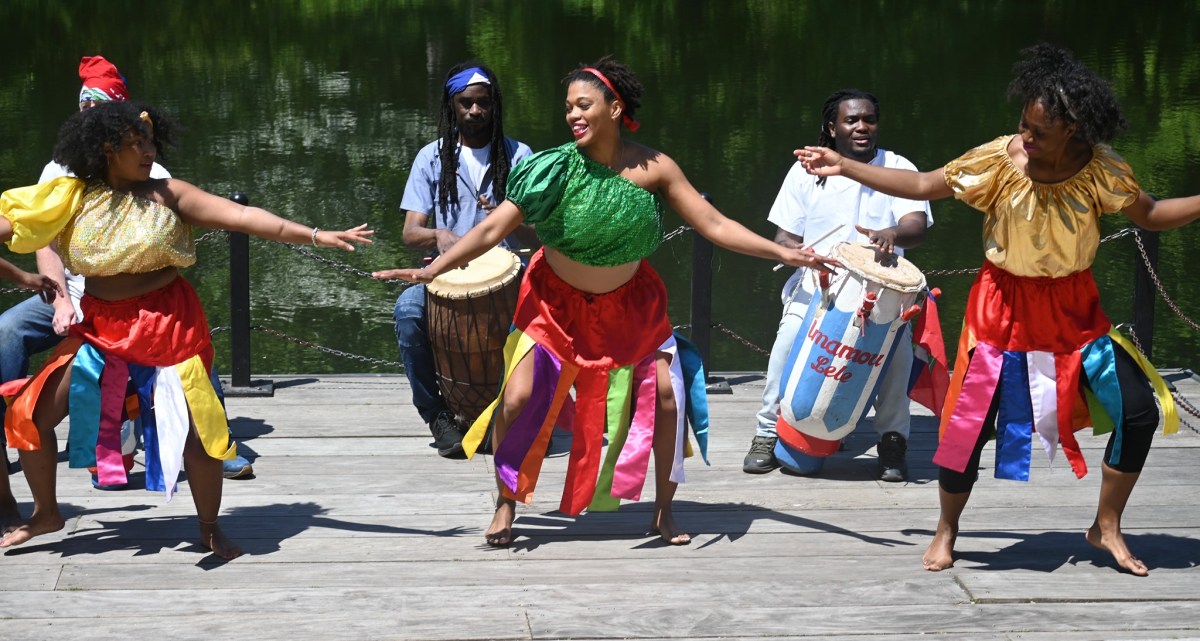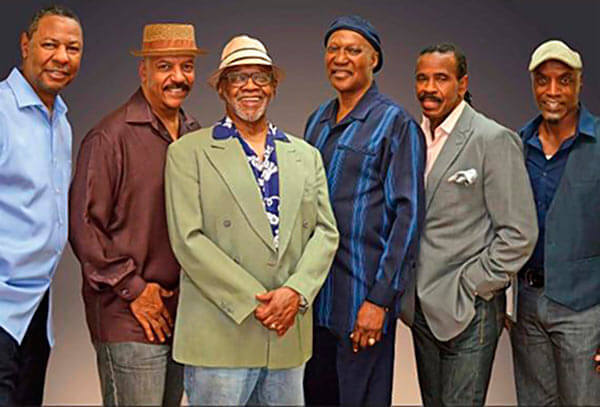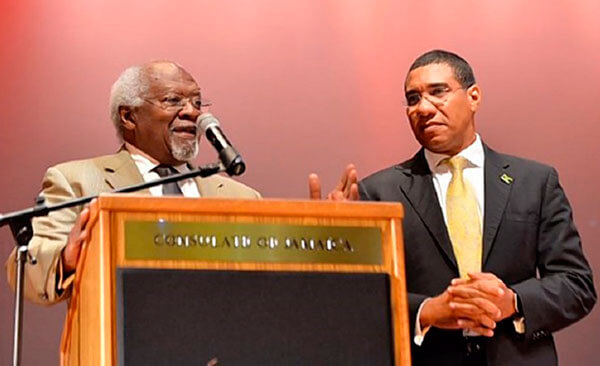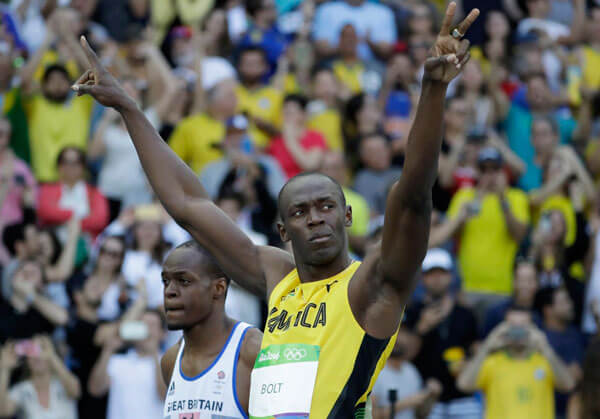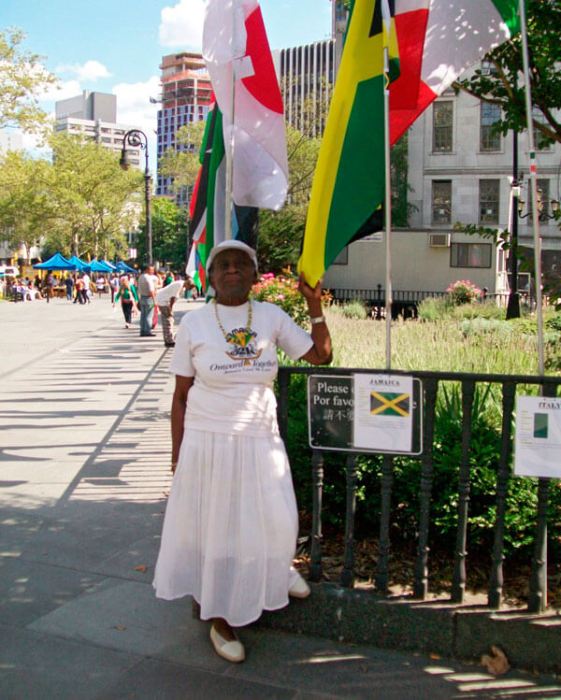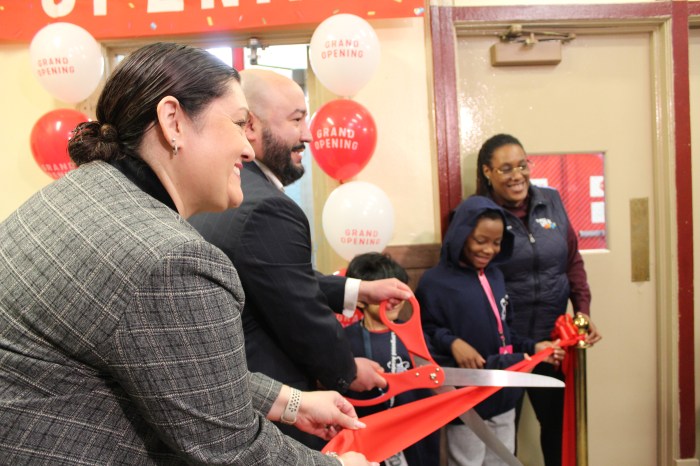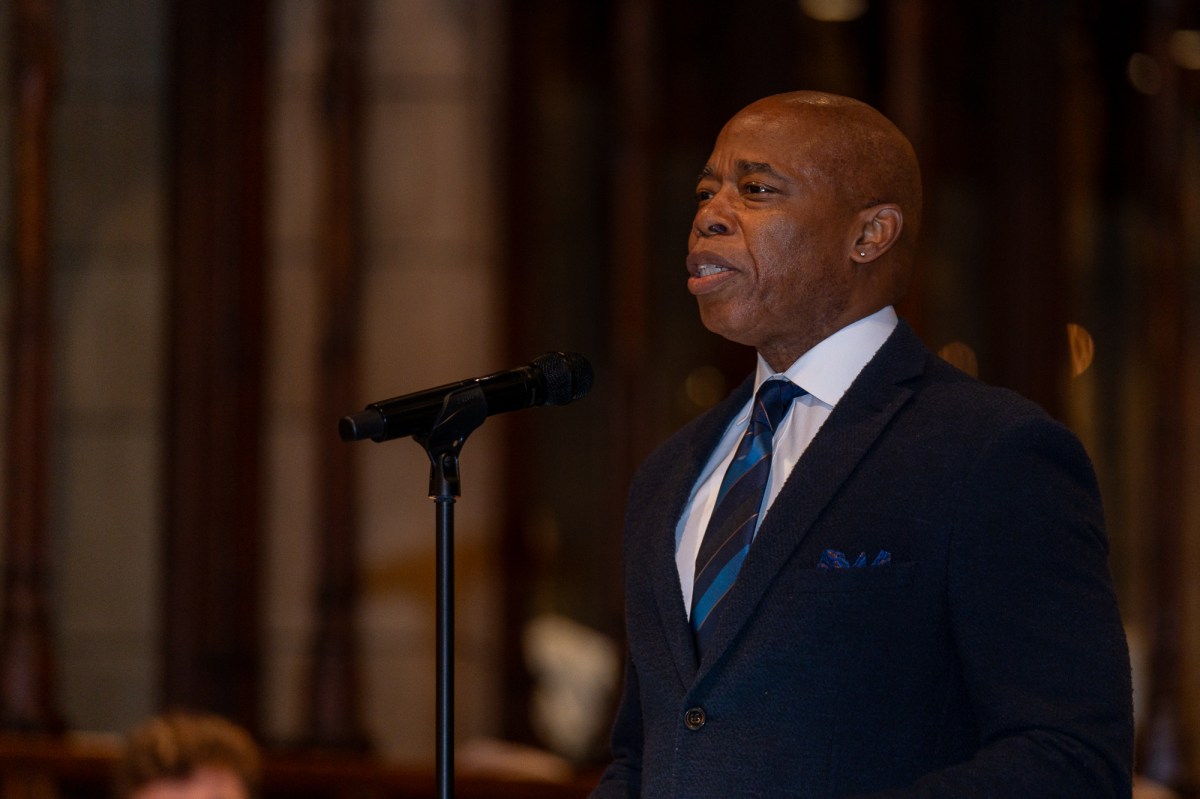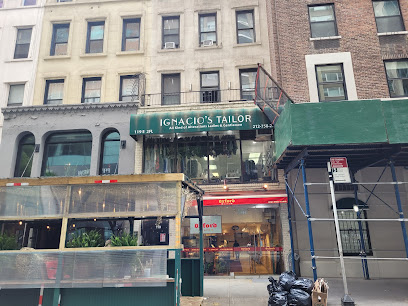Difficult as it seems for Blacks to achieve equity in the film industry, corporate boardrooms and major media organizations, the prospect of women ever vaulting to the heights men regularly aspire has always been elusive.
Given pervasive racial and gender discrimination, the most daunting of all is to be both Black and female. Almost always, at first glance, qualified, ambitious individuals with both traits when seeking entry to any profession have often been disadvantaged.
But in the late 1800s, for a young girl named Bessie Coleman, the sky was the limit. And despite the fact she was born in the south, the tenth of 13 children and a child of sharecroppers, she dreamed of flying.
In retrospect, her dream must have seemed too lofty to her parents Susan and George Coleman who lived in Atlanta, Texas.
There in 1892 when she was born, Blacks could not vote, ride in railway cars with white people, drink from the same water fountains and were tortured, burned and even lynched without judicial attention.
In Jim Crow territory, the best most Blacks could do was to leave the south.
Not surprisingly, Coleman’s first job was working alongside her family in the cotton fields.
She was just a child.
More fortunate than most she was able to also go to school. Inside a one-room wooden shack, located four miles away from where she lived she made the most of the privilege which allowed her to learn more than the artistry of picking cotton.
Often there wasn’t paper to write on or pencils to write with. However, the fact she learned how to read and write seemed more than abundance.
Bessie completed all eight grades of her one-room school.
She saved her money and then in 1910 took her savings and enrolled in the Colored Agricultural and Normal University in Langston, Oklahoma.
The money seemed a pittance because Coleman was only able to complete one semester before she ran out of money.
In 1915, at the age of 23, Coleman went to Chicago to stay with her brother.
One would think that the northern city would be the place to realize Coleman’s childhood dreams.
In fact, very few American women of any race had pilot’s licenses in the early 1900s. Those who did were predominantly white and wealthy.
According to Natio
Every flying school that Coleman approached refused to admit her because she was both Black and a woman.
She desperately wanted a chance to “amount to something.”
She worked as manager of a chili parlor and also became a beautician working as a manicurist in the barbershops of Chicago’s south side where she met Robert Abbott, the publisher of the city’s only Black newspaper, the Chicago Defender.
Abbott was a millionaire.
He encouraged her to follow her dream.
Her burning passion was encouraged by her brother who challenged her to follow the lead of French women who had already championed aviation.
With soldiers returning from World War I with tales of flying exploits Coleman became more determined to fly.
Both her brothers had served in France during World War II. Her brother John one day said “I know something that French women do that you’ll never do – Fly!”
That was the last straw; the ambitious and determined woman decided then that she would become the first licensed Black pilot.
She decided that Paris would be her training ground and she would learn to fly in France.
Coleman registered to take French classes at a Berlitz school in the Chicago loop.
She withdrew the savings she had accumulated and on the advice of Abbott and with his financial support and another from a Black entrepreneur, she left the mid-western city to New York and then to Paris on Nov. 20, 1920.
It took Coleman seven months to learn how to fly.
The only non-white student in her class, she was taught in a 27-foot biplane that was known to fail frequently, sometimes in the air.
During her training Coleman witnessed a fellow student die in a plane crash, which she described as a “terrible shock” to her nerves.
But the accident did not deter her. She persevered and in June 1921, the Fédération Aéronautique Internationale awarded her an international pilot’s license.
When Coleman returned to the U.S. in September 1921, scores of reporters turned out to meet her. The “Air Service News” wrote that Coleman had become “a full-fledged aviatrix, the first of her race.”
She was invited as a guest of honor to attend the all-Black musical “Shuffle Along.”
The entire theater audience, including the several hundred whites in the orchestra seats, rose to give the first Black female pilot a standing ovation.
Throughout the next five years Coleman performed at countless air shows. The first took place on Sept. 3, 1922, in Garden City, Long Island.
The Chicago Defender publicized the event saying the “wonderful little woman” Bessie Coleman would do “heart thrilling stunts.”
According to a reporter from Kansas, as many as 3,000 people, including local dignitaries, attended the event.
Throughout the following years, Coleman used her position of prominence to encourage other Black Americans to fly.
She also made a point of refusing to perform at locations that wouldn’t admit Blacks.
She was the first civilian licensed African-American pilot in the world.
She toured the country barnstorming, parachute jumping, and giving lectures to raise money for an African-American flying school.
Coleman took her tragic last flight on April 30, 1926, in Jacksonville, Florida.
Together with a young Texan mechanic called William Wills, Coleman was preparing for an air show that was to have taken place the following day. At 3,500 feet with Wills at the controls, an unsecured wrench somehow got caught in the control gears and the plane unexpectedly plummeted toward earth. Coleman, who wasn’t wearing a seat-belt, fell to her death.
Thousands of mourners paid their last respects to the first Black woman aviator, filing past her coffin in Chicago South’s Side. Her funeral was attended by several prominent African Americans and it was presided over by Ida B. Wells, an outspoken advocate of equal rights. But despite the massive turnout and the tributes paid to Coleman during the service, several Black reporters believed that the scope of Coleman’s accomplishments had never truly been recognized during her lifetime. An editorial in the “Dallas Express” stated, “There is reason to believe that the general public did not completely sense the size of her contribution to the achievements of the race as such.”
Coleman has not been forgotten in the decades since her death.
For several years starting in 1931, Black pilots from Chicago instituted an annual fly-over of her grave. In 1977 a group of Black women pilots established the Bessie Coleman Aviators Club. In 1992 a Chicago City council resolution requested that the U.S. Postal Service issue a Bessie Coleman stamp.
The resolution noted that “Bessie Coleman continues to inspire untold thousands even millions of young persons with her sense of adventure, her positive attitude, and her determination to succeed.”





